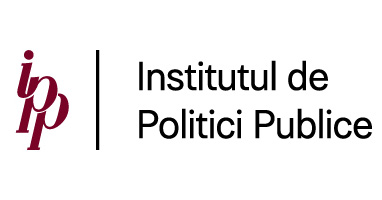7 steps for the democratization of the Moldovan electricity market and system
 On 10 August 2023, Ion Efros, associate analyst on energy, environment, and climate risks at the Institute for Public Policy, presented the analytical note “7 gaps and suggestions for amending the Law 10/2016 on the promotion of the use of renewable energy in the Republic of Moldova“.
On 10 August 2023, Ion Efros, associate analyst on energy, environment, and climate risks at the Institute for Public Policy, presented the analytical note “7 gaps and suggestions for amending the Law 10/2016 on the promotion of the use of renewable energy in the Republic of Moldova“.
The last two years have seen a rapid increase in installed renewable energy capacity in the Republic of Moldova, especially wind and photovoltaic. This growth was mainly due to the fixed tariff support mechanism, the net metering scheme, and the anticipation of the launch of tenders for large commercial projects to be supported by fixed prices. At the same time, the increase in intermittent renewables capacity (mainly domestic and commercial PV) has occurred against the backdrop of rising electricity and natural gas tariffs and the decreasing prices of renewable energy technologies in recent years.
The amendment of Law 10/2016 on the promotion of the use of renewable energy responds to these changes while also aiming to transpose the key elements of the Renewable Energy Directive (EU) 2018/2001.
However, the Law could be improved by additional innovations and business models aimed at democratizing Moldova’s electricity system “at the end of the grid”, i.e. towards consumers. The first step for internalizing these innovations by the market and the power system of the Republic of Moldova would be to define them in the Moldovan energy legislation.
The suggested amendments refer to the following:
- Definition of “independent aggregator”;
- Control over the excess electricity for own consumption;
- Extension of the membership and shareholders of energy communities;
- Definition of the concept of “collective self-consumption”;
- Integration of environmental objectives into renewable energy policy planning;
- Extension of the list of electricity market participants that can operate storage systems;
- Extension of VAT and tax credits elements to early-stage energy technologies.
The key issues to be addressed to make these innovations possible remain the creation of the balancing market, the infrastructure for imbalance calculation, investments in distribution, metering and balancing infrastructure (hard and soft) that can support these concepts, initially through piloting, and later through large scale national implementation.

 Română
Română